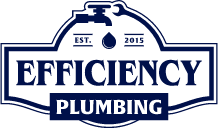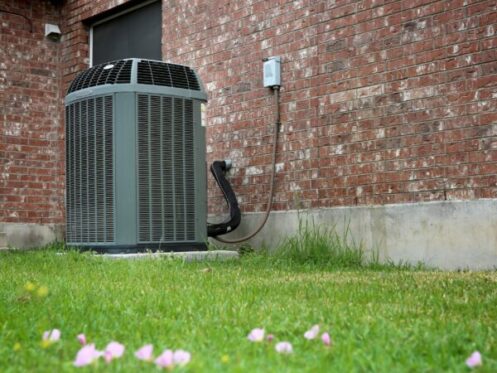HVAC systems have a wide range of options and varying costs to go with them. While you may like certain features, it’s tempting to cut the size to reduce the overall installation cost. However, this is often to the detriment of your indoor comfort. Consider these four reasons why the size of your HVAC system matters and how professionals calculate the correct size.
1. Comfort
Properly heating or cooling your home requires a certain capacity for producing or transferring heat. This is measured in British Thermal Units, also known as BTUs. Larger systems have a higher BTU rating, with most central air systems measuring upward of 10,000 BTUs.
Both under sizing and over sizing a system will prevent your house from reaching a comfortable level and feeling. Under sizing simply doesn’t produce or transfer enough heat, so it never quite reaches the temperature you need. This also means that it fails to dehumidify the air adequately, leaving your air feeling muggy.
Oversized systems have a different problem, with too much capacity for what your home needs. While this may initially appear to be a good thing, it can cause safety mechanisms on your system to trigger and shut down the heating or cooling cycle.
For furnaces, it produces too much heat to blow all of it out into your house, causing the unit to overheat. For air conditioners, it often causes the system to freeze, causing it to shut down. Once the temperature regulates in both systems, they start back up, only to shut down again quickly, a process known as short cycling. The result is that your unit never runs long enough to heat or cool your home, let alone dehumidify the air.
2. Operating Expense
Both oversized and undersized systems cause you to expend more energy than is needed to adequately heat or cool your house. Undersized systems will run extended heating and cooling cycles, obviously expending more energy and burning more fuel for furnaces. Oversized systems will have an excessive number of cycle starts, which is the part of the cycle that consumes the most energy.
3. System Wear
When you think about how your system wears, there are certain factors to consider. First, your appliance is designed to effectively offer a certain number of actual operating hours. Therefore, the longer the cycles, the fewer cycles it will run.
However, starting up more frequently adds more wear to the system than maintaining a cycle. Further, extreme temperatures wear more on the electronic components in the system, causing them to fail quicker. Therefore, the result of both undersized and oversized systems is excessive wear, cutting the service lifespan.
4. Installation Cost
The size of the heating or air conditioning unit correlates with the installation cost, which is why some people try to stretch down their unit size. Getting the properly sized unit for your home prevents you from spending an excessive amount on an oversized system or having to replace an undersized system.
How Professionals Calculate HVAC Capacity Needs
HVAC professionals will use the serviceable square footage of your house as the foundation from which to calculate your heating and cooling capacity needs. As they review this need, professionals will account for heated basements, attics, and garages that are often overlooked. They’ll also consider changes to your property since the last HVAC installation, such as additions. However, there are a host of additional variables that affect your home’s capacity needs.
Your house’s construction is the next critical component to consider. This includes not only the amount of insulation you have but also the type and construction of your doors and windows, plus the height of your ceilings. How your home sits on your property is important, along with how much shade it receives. They’ll also consider how many people commonly occupy your house and use your heat-generating appliances.
Once they have the capacity needs of your household figured out, they’ll consider the equipment available and its efficiency. This is especially important if you have a gas furnace because it loses some of the heat it generates through the exhaust. If you have a standard furnace running at an efficiency of 81%, you’re losing nearly 20% of the heat you generate. That’s enough to have to consider increasing the size of your furnace to avoid unintentionally undersizing the system.
Homeowners around Hanover rely on Efficiency Plumbing when they want home services they can trust. We pride ourselves on providing exceptional heating and air conditioning installation, maintenance, and repair services. Our team can also assist with water heaters, water filtration, and residential plumbing services. Call to schedule your consultation with one of our expert HVAC technicians today to determine what size HVAC system your home needs.



